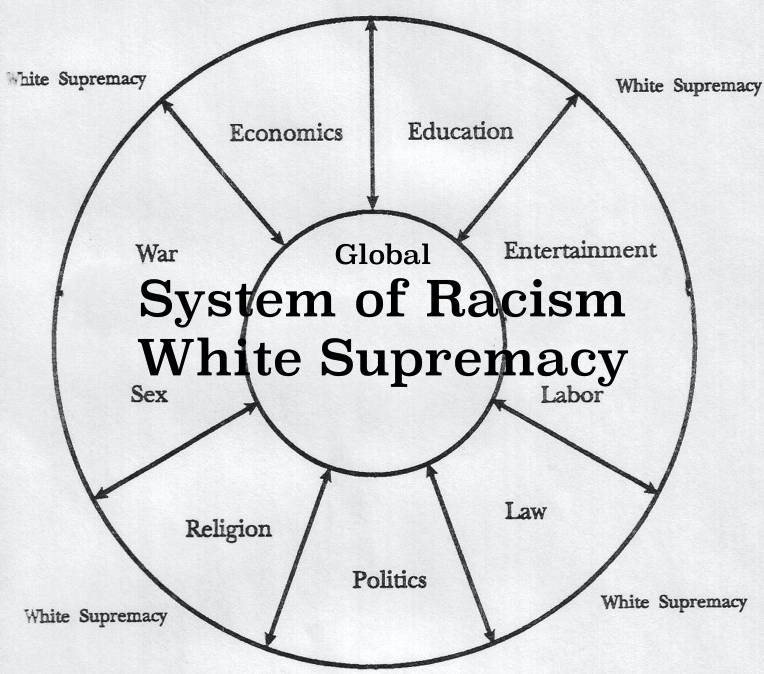Decades of Research Show that Mass Pretrial Incarceration Actually Undermines Public Safety. A New Study from the University of Chicago Law School Suggests that Judges are Making the Problem Worse
/From [HERE] Despite the fact that tough-on-crime rhetoric may have cost them votes in the midterms, prominent Democrats continue to double down on calls to roll back bail reform. Earlier this month, New York Gov. Kathy Hochul (D) doubled down on her calls for bail reform efforts to be walked back, urging legislators to expand judges’ ability to lock up the accused while awaiting trial.
She’s not alone. New York City Mayor Eric Adams (D) has been beating the drum against bail reform for months — and New Jersey lawmakers recently introduced a bill to scale back the state’s landmark bail reforms. Amid growing concerns about violent crime, politicians have seized on the idea that locking people up before trial leads to safer streets.
The problem is that decades of research show that mass pretrial incarceration actually undermines public safety. And a new study from Professor Siegler’s Federal Justice Clinic at the University of Chicago Law School suggests that judges are making the problem worse.
According to one well-known study, locking even low-risk arrestees in jail for just two or three days increased the likelihood that they are arrested for a new crime by 40 percent. What’s worse, people jailed pretrial often lose their jobs, homes, and custody of their children.
This is nothing new. Policymakers across the political spectrum have long acknowledged the cascading, harmful effects of pretrial jailing. Ironically, the perils of pretrial detention led to the passage of federal bail reform signed by President Reagan in the ’80s, an era most liberals consider the modern epicenter of mass incarceration. Still on the books, the Bail Reform Act of 1984 flatly prohibits judges from jailing people who are too poor to pay for their freedom.
Despite that law, federal pretrial detention rates remain stubbornly high. And nationwide, an estimated one-in-four of the nearly 2 million people caged in jails and prisons are people awaiting trial, at a cost of more than $14 billion annually.
So what’s going wrong?
For the last two years, Professor Siegler’s Clinic studied the decisions of federal judges presiding over the cases of people accused of a crime who are awaiting trial and presumed innocent. Their research shows that federal judges regularly violate the very bail laws that they are sworn to uphold, locking people in jail who should be released.
Professor Siegler’s study found that federal judges are jailing people unlawfully in 12 percent of cases, without any evidence that the person is facing a serious crime or poses a serious risk of flight, as required by the Bail Reform Act.
Federal District Court Judge Judith Levy put it this way: “We have a crisis on our hands, and some of the blame falls on judges. Jailing people before trial ruins lives and may undermine public safety. Federal judges need to follow the law.” Perhaps the path to safer streets runs not through tougher laws, but closer scrutiny of the judges responsible for our pretrial detention crisis.
Judges’ continued reliance on cash bail is also contributing to the problem. Although it’s illegal under Reagan’s 1984 law, Professor Siegler found that federal judges regularly set bail that defendants can’t possibly afford to pay. In Miami, it is commonplace for federal judges to saddle indigent people with $250,000 bail bonds, knowing full well that the person will remain in jail because they are too poor to pay. Across hundreds of cases, every single person jailed on a high bail bond in Miami was a person of color. What’s worse, in over one-quarter of federal courthouses in this country, people who do not have the money to pay for a lawyer are regularly locked in jail without a lawyer — a practice that federal law clearly forbids.
Taken together, the evidence points to a clear but perhaps counterintuitive conclusion: Judges’ refusal to follow the law is destabilizing communities, and may be contributing to the very crime wave they are trying to avert. [MORE]
Perhaps the legal scholars here miss the point, which is simply to lock up as many Black people as possible no matter the expense or consequences?
The Sentencing Project explains, “The United States is the world’s leader in incarceration. There are 2.2 million people in the nation’s prisons and jails—a 500% increase over the last 40 years. Changes in law and policy, not changes in crime rates, explain most of this increase. The results are overcrowding in prisons and fiscal burdens on states, despite increasing evidence that large-scale incarceration is not an effective means of achieving public safety.
. . . A series of law enforcement and sentencing policy changes of the “tough on crime” era resulted in dramatic growth in incarceration. Since the official beginning of the War on Drugs in the 1980s, the number of people incarcerated for drug offenses in the U.S. skyrocketed from 40,900 in 1980 to 452,964 in 2017. Today, there are more people behind bars for a drug offense than the number of people who were in prison or jail for any crime in 1980. The number of people sentenced to prison for property and violent crimes has also increased even during periods when crime rates have declined.
Sentencing Project states, “Today, people of color make up 37% of the U.S. population but 67% of the prison population. Overall, African Americans are more likely than white Americans to be arrested; once arrested, they are more likely to be convicted; and once convicted, they are more likely to face stiff sentences. Black men are six times as likely to be incarcerated as white men and Hispanic men are more than twice as likely to be incarcerated as non-Hispanic white men.” [MORE]
FREE RANGE PRISON. RWS requires the greater confinement of substantial numbers of non-white people. Undeceiver Neely Fuller makes it plain that ‘Elite racists know that a world system based on Racism White Supremacy requires that substantial numbers of non-white people be greatly restricted in their movements from place to place. Elite racists restrict the movements and activities of non-white people so as to keep them idle, and/or keep them from becoming constructively sufficient.
Elite Racists make certain that large numbers of non-white people exist under conditions that will most likely cause them to do things that will give racists an “excuse” to put them in Greater Confinement.” [MORE]
The great rebel Dr. Amos Wilson stated,
Given the historical and contemporary virulence of White racism in America and the injustice toward Blacks that such racism engenders, the number of arrests, incarcerations, and in many instances, convictions of Black males should be viewed with a jaundiced eye. The willingness of White Americans to heavily tax themselves in order to finance accelerated and increased prison construction, rapidly expanding police forces and so-called criminal justice system personnel, burgeoning private police and security establishments; their willingness to finance the incarceration of a Black male prisoner upwards of $30,000 to $40,000 per year, in sharp contrast to their unwillingness to tax themselves to provide for the appropriate funding of the education of Black children and to commit themselves to the ending of racist employment practices; to provide adequate housing medical care, food and clothing; clearly implies that alleged Black male criminality plays a very important role in defining the collective White American ego and personality.
The typical White American response to the so-called criminality of the Black male when closely examined, clearly indicates that it is more consistent with a conscious and unconscious need to instigate and sustain Black criminality as a highly visible and publicized component of American society, than with a yearning to reduce its destructive influence on both Black and White societies. White America needs an expressly "hyped" Black American criminality the way a neurotic patient needs his symptoms, despite his protests to the contrary. In other words, the existence of Black American criminality, alleged and actual, is a political-economic, social-psychological necessity for maintaining White American psychical and material equilibrium. Black American criminality apparently serves fundamental Eurocentric psychopolitical needs and is engendered and sustained for this reason. We will now examine some of these needs.







































































































































































































































































